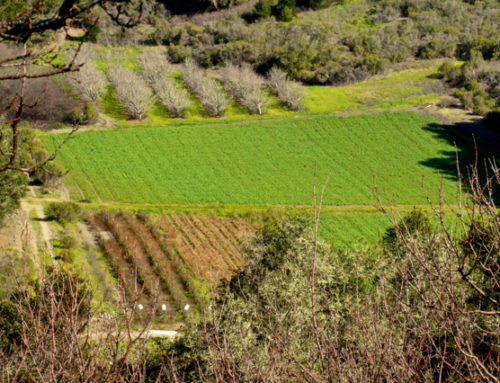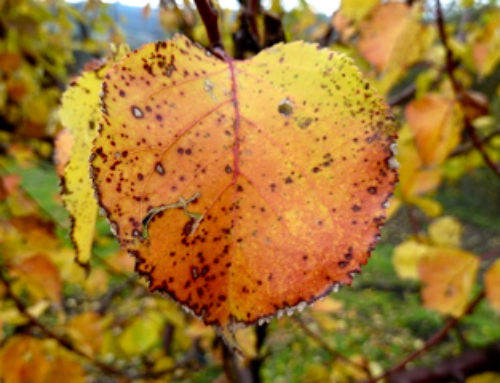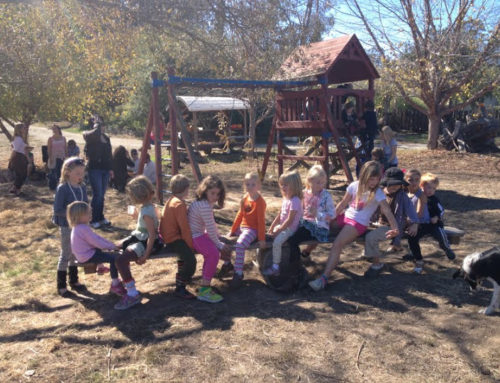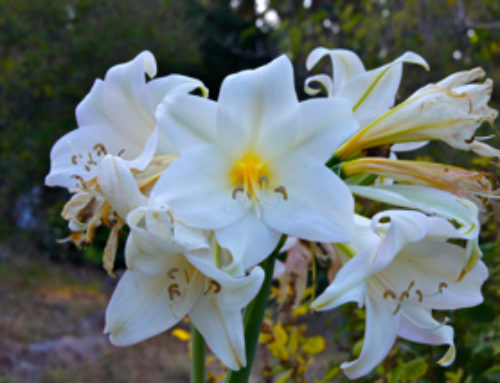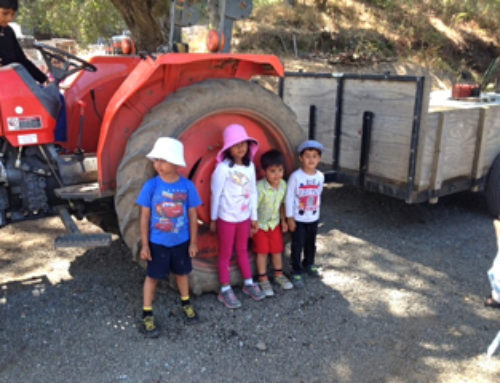Potato seeds (one of my favorite crops) arrive next week, and the “itch” to prepare the soil and plant is returning once again. Tomatoes, peppers, leeks, basil, and a long list of brassicas are on a staggered sowing schedule to ensure a consistent and regular harvest throughout the year. Due to the dry weather many fields are already prepared, allowing us to stay on schedule with all our field sown crops such as sugar snap peas, carrots, turnips, beets, and many of our regular baby greens.
Along with every other farmer in California, I am pondering how to plan, adjust and adapt to the current drought (see last week’s post). As we prepare to face a serious shortage of “life’s elixir”, we become acutely aware of our interdependence with other life-forms. Here on the farm, Water and Food are the sustenance we depend on, the common thread linking all living creatures.
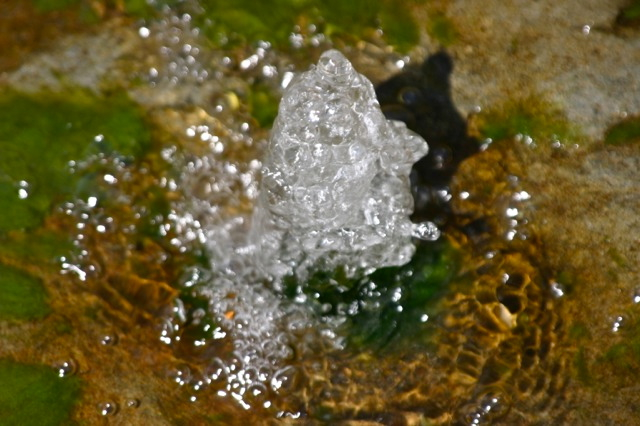
Pumped groundwater arrives at the surface.
Typically, when winter rains are abundant enough there is plenty of water and fresh forage for most of the farm’s wilder cohabitants. However with ponds, creeks, swales, and ditches being dry right now, we need to figure out how we can budget water to support the larger biotic community of wild and domesticated plants and animals on the farm that exist beyond our irrigated field crops.
It may be a coincidence, but I am noticing that wild animals are being attracted to food and water sources closer to our farm dwellings. Last week our neighbor, a few hundred yards up the road, reported the first sighting of a mountain lion, most likely following the deer and wild turkeys roaming close by. I hope this large feline cat is not just curious enough to check out whether our pasture raised chickens, for example, make a tasty alternative in its diet.
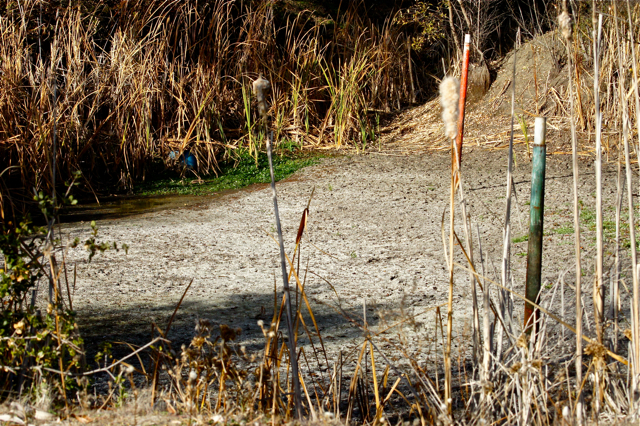
A pond near the farm’s upper fields, usually full this time of year, is dry.
The long-term health and resilience of our farm have always been based on the health of its relationships, whether biological, economic, or social, and our approach to farming is to attempt a balanced coexistence between both the domesticated/cultivated and the wilder/native environments. With the current drought, the challenge will be to continue to nurture this relationship. How much water can we afford to maintain for over 10,000 feet of Native Hedgerows recently planted along the edges of our fields, and should we create and maintain strategically placed water supplies for many of the wild animals living in or accessing the farm landscape?
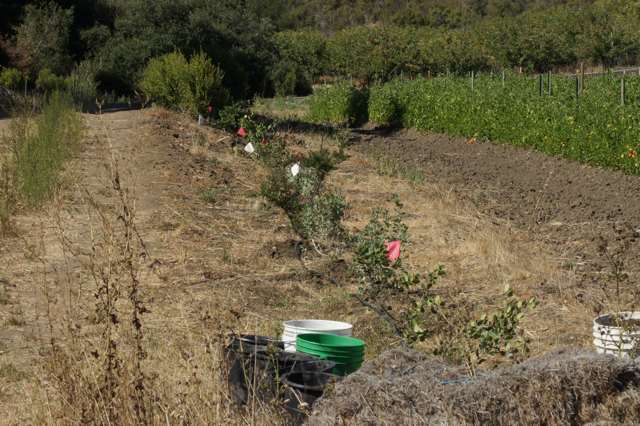
One of the farm’s hedgerow projects.
Live Earth Farm’s CSA members and their relationship with the farm is probably one of the most important. Your individual investment in the farm and your commitment to cook, eat, and enjoy the fruits and vegetables we grow with care and pick fresh for your weekly shares might feel insignificant, but believe me, as a community the combined effect is profound.
It seems early to ask all who have not signed for 2014 to do so soon, yet the farm is starting to gear up for the upcoming Main Season and your CSA membership gives us the necessary certainty to plan ahead. Please contact us if you have any questions, would like to help with outreach or just give us feedback; we look forward to hearing from you.
I invite you all to participate and share the experience of the upcoming Main Season. By becoming a member you will more directly partake in sharing the risk, as well as celebrating the bounty that is inherent in farming.
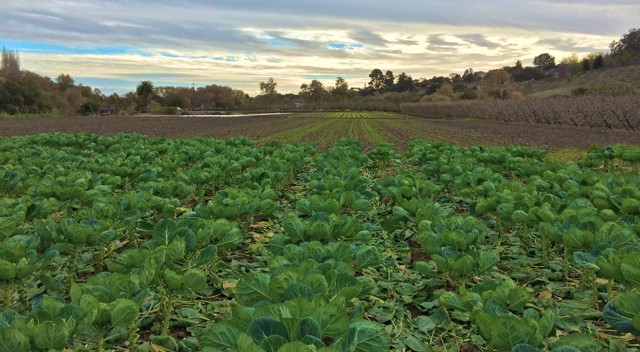
A field of Brussels sprouts, with rows of mizuna and tatsoi beyond. Espaliered Fuji and Gala apple trees border the right side of the field.

